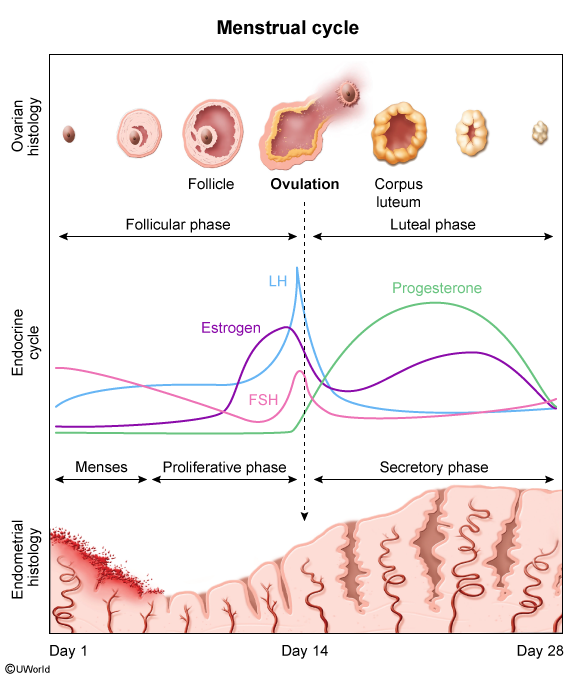Premenstrual Syndrome And Premenstrual Dysphoric Disorder
Article Sections
Introduction
Premenstrual syndrome (PMS) and premenstrual dysphoric disorder (PMDD) are conditions characterized by physical and emotional symptoms that occur during the luteal phase (1-2 weeks prior to menses) of the menstrual cycle and resolve during the follicular phase (at onset of menses). Both conditions cause functional impairment, but PMDD is more severe.
Epidemiology and risk factors
PMS is common among women of reproductive age, with an estimated prevalence rate of 20%-30%. Typical onset of PMS is by the early 20s. Although PMDD is less common, it is estimated to affect 3%-8% of reproductive-aged women.
Several factors may increase the risk for developing PMS and PMDD, including a family history of a mood disorder or PMS/PMDD, a personal history of an anxiety disorder, and some environmental factors (eg, cigarette smoking, adverse childhood experiences).
Continue Learning with UWorld
Get the full Premenstrual Syndrome And Premenstrual Dysphoric Disorder article plus rich visuals, real-world cases, and in-depth insights from medical experts, all available through the UWorld Medical Library.
Figures
